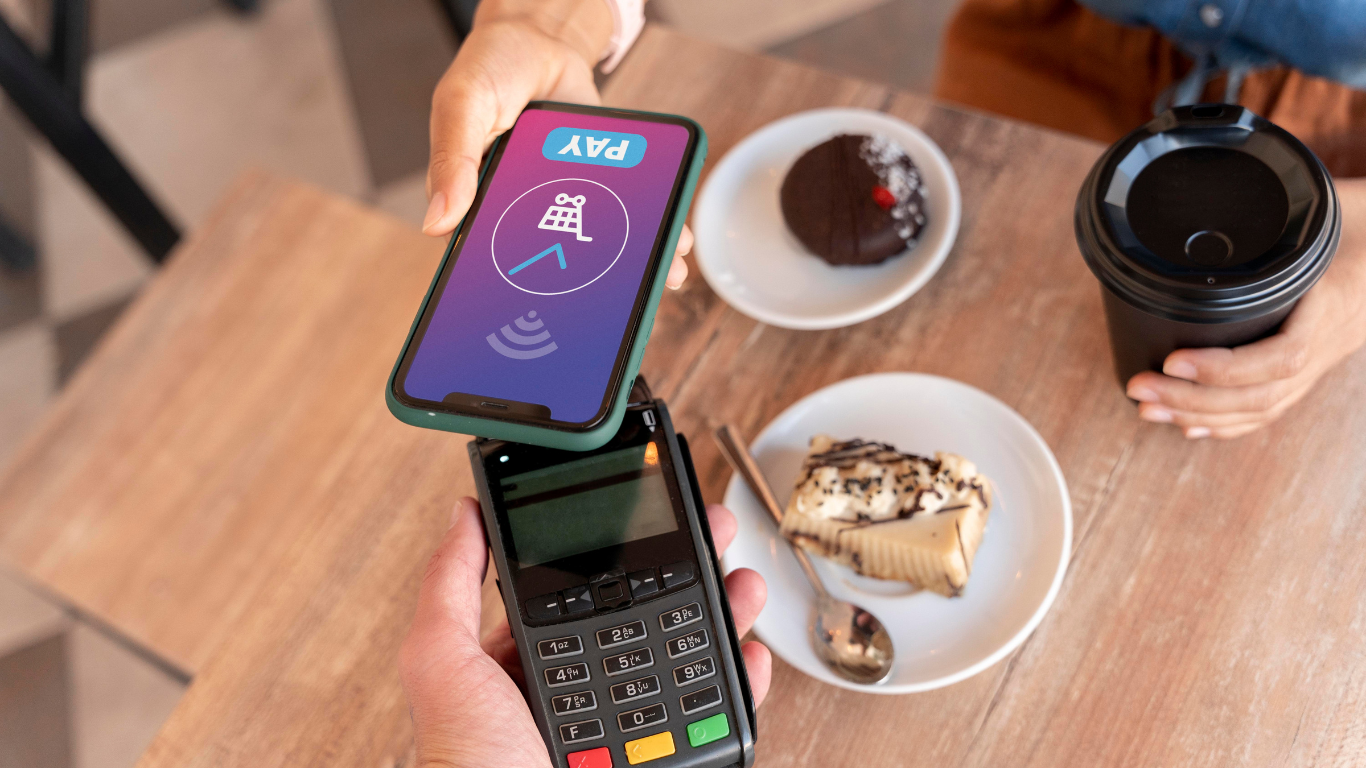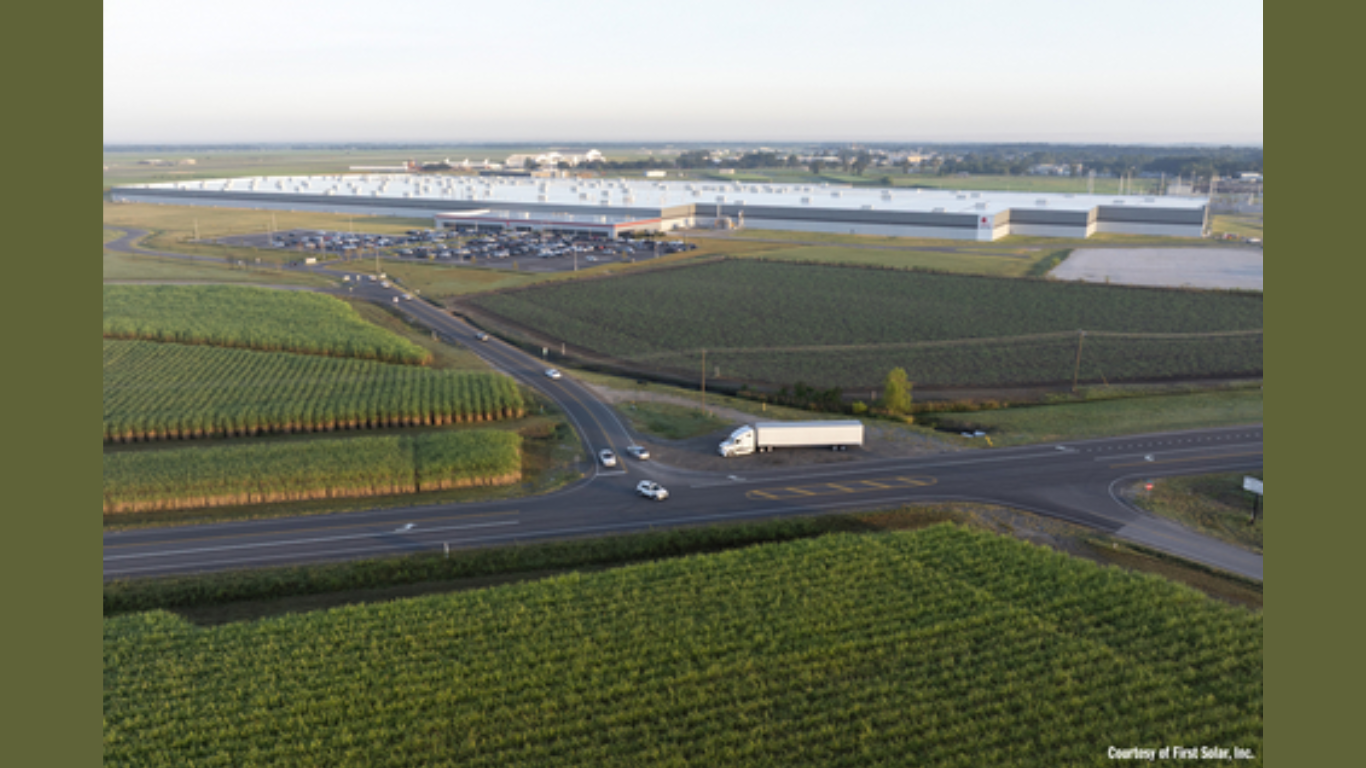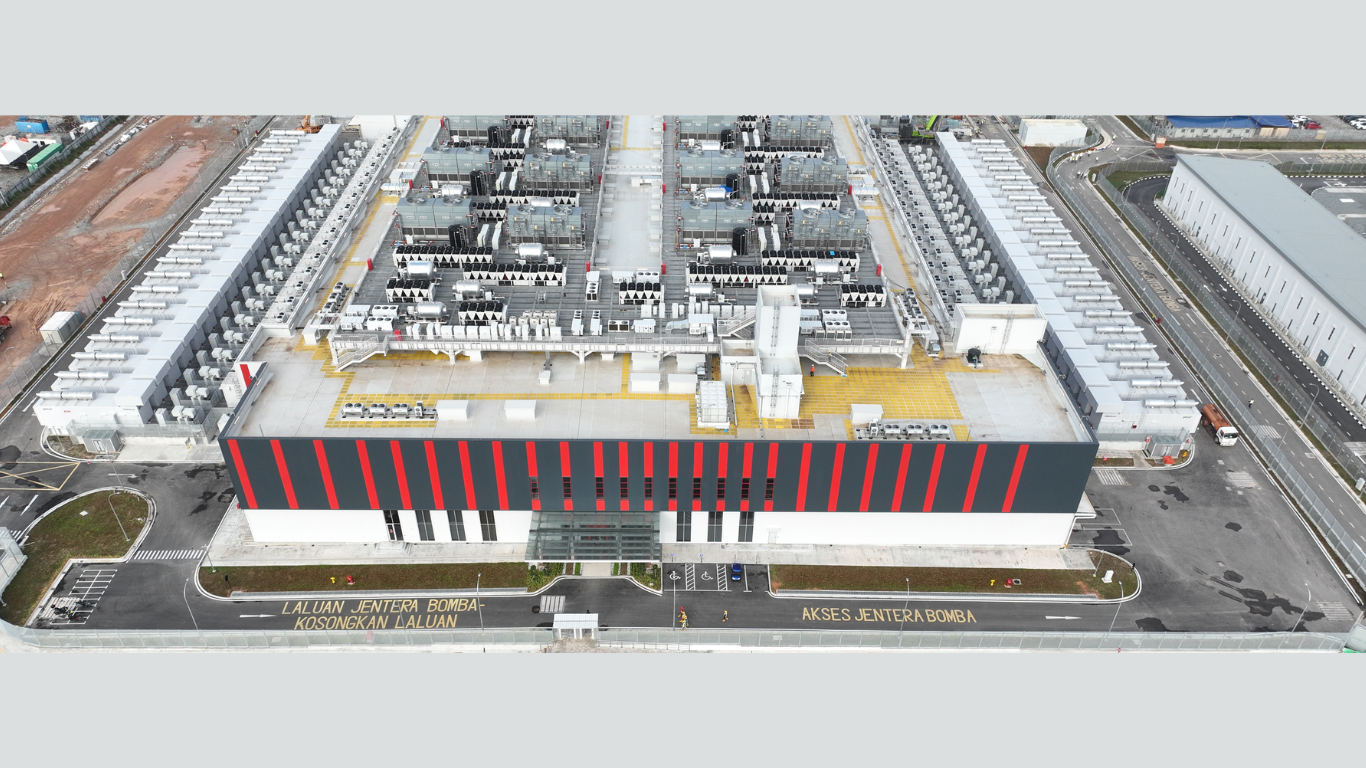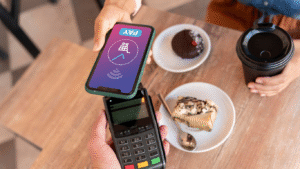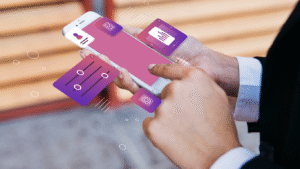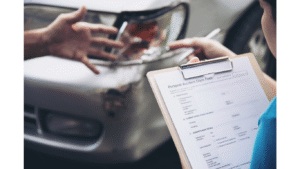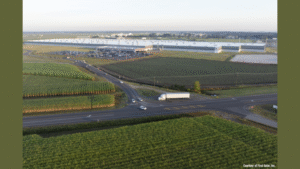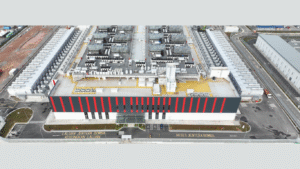Logistics and transportation have always been lucrative industries, and there is plenty of room for expansion if stakeholders are capable of appreciating the latest technological trends. What are some recent advancements, and how might these be able to take your ongoing operations to the next level? Whether you are the owner of a well-established organisation, or you are instead new to the sector, it pays to examine how far we have come.
Preserving Perishables
Reports currently indicate that the global value of the perishable goods transportation sector is worth just over $19 billion dollars. However, there are still some challenges that any enterprise will need to overcome. Perhaps the most relevant involves ensuring that foods do not spoil during transit. While refrigeration is still a viable possibility, cryogenics have now taken centre stage. This is particularly relevant when items need to be flash-frozen (king crab is a common example). The cost of these systems has also dropped; resulting in more economically viable solutions for businesses that must adhere to a rigid budget.
Smart GPS Tracking Systems
Quality control is yet another issue that businesses of all sizes must address. Some examples involve:
– Monitoring the driving time between two locations.
– Ensuring that vehicle operators adhere to speed limits.
– Guaranteeing that employees obtain the rest needed to function at optimal levels.
– Analysing the consumption of petrol.
“Smart” software (including GPS systems) can adequately address these metrics; allowing upper management to monitor various parameters within real-time scenarios.
The Internet of Things
This final observation is not only applicable to the transportation industry. The Internet of things (IoT) has come to dominate many business models, and for good reason. Remote access to important information (such as travel logs, warehouse statuses, and weather conditions) can help to expedite any journey. Furthermore, drivers can communicate with a central office in the event that an issue or problem occurs. There are now a host of smartphone applications that offer countless streamlined capabilities; dramatically transforming the ways in which goods are transported between two locations. As we now live within an interconnected global community, it is only logical to assume that even more innovations will come to light. The solutions outlined above could very well enhance your ongoing operations, so it might be a good idea to perform additional research. The future is much closer than many of us have been led to believe.
Article received on email





